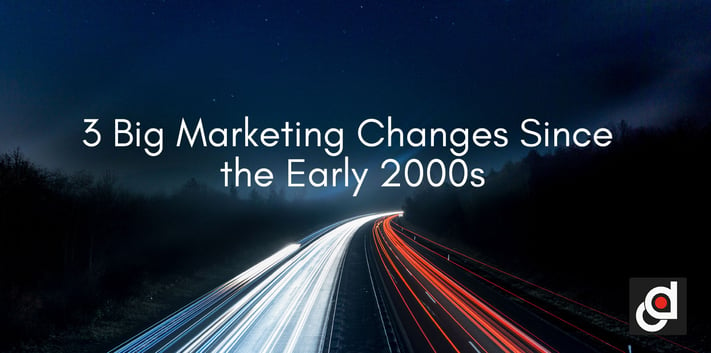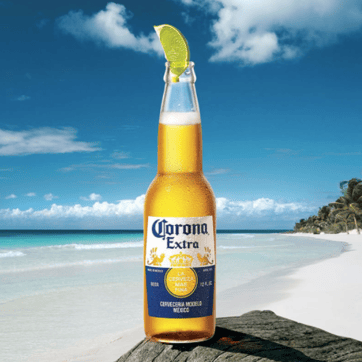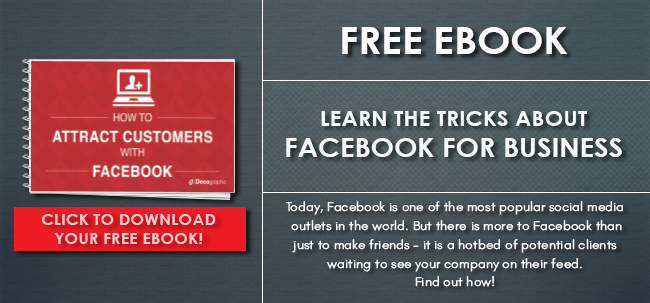
Marketing today is not what it used to be 10 years ago. As the years have gone by, the public has accepted different forms of advertising that did not exist a few years ago. Read our blog to learn 3 big marketing changes since the early 2000s.
- Public relations (PR) is superior than any advertising scheme
In the previous years, marketing campaigns focused on the best and biggest advertising gimmicks they could come up with. The bigger and louder, the better. But this does not translate in our current market. Today’s various media platforms have diminished the ad-driven mentality of the consumers. What’s more unappealing in investing on advertising is the amount of money that you need to come up for a single campaign. Some customers think that advertisements are not credible and may not convey the message you want to transmit to your potential customers. The following brands were originally launched through PR: Google, Facebook, Snapchat, Uber and Twitter. Now, do we need to say more?
- Category first before the brand
Marketing is known to be focused on building brands. We often hear the word “brand” or “branding” whenever we read articles and blogs about marketing. But the ultimate question is, “what do these brands really contribute to companies?”. The reality is, consumers do not buy the brand directly. The customers buy products that have this particular brand they like tagged into it. That’s how branding works. Star product, packaging solutions, mass distribution and brand are the tools required of a marketing campaign. But they are not the goal. The main goal is for the client to gain brand loyalty. When Steve Jobs launched the Apple brand, he used the iPhone to match the category of smartphones rather than focus on the brand name Apple. Look at how far Apple has gone because its main goal was to target a category and not sell the brand alone. Today, loyal Apple enthusiasts wait hours in line for a new release. Now, that’s business.
- Verbal is good but we need visual
Remember Heineken? It was the top of its kind in the line of imported beers in the U.S. for almost 65 years. Then came Corona. Corona had a picture of a lime on top of its bottle. Now, Corona has beaten Heineken in the number 1 spot for imported beers by a whopping 120% profit difference. That’s a representation of how powerful visual images are.

This dosn't mean that you can get away by just using any visual, remember that good photography is necessary for your marketing. You must keep in mind that advertising and other marketing campaigns are filled with visuals. But not all these marketing campaigns succeed, right? It’s because that what a brand requires is a visual image that supports a verbal concept or cause. Imagine the verbal concept of a brand as the nail. And the marketing tool that hammers the verbal concept into the minds of its potential clients is the visual hammer. The main goal of a marketing plan is to have a particular verbal concept to reiterate into the minds of the consumers. This is better achieved if marketers do it with visual images to add a more emotional appeal to its target market.





